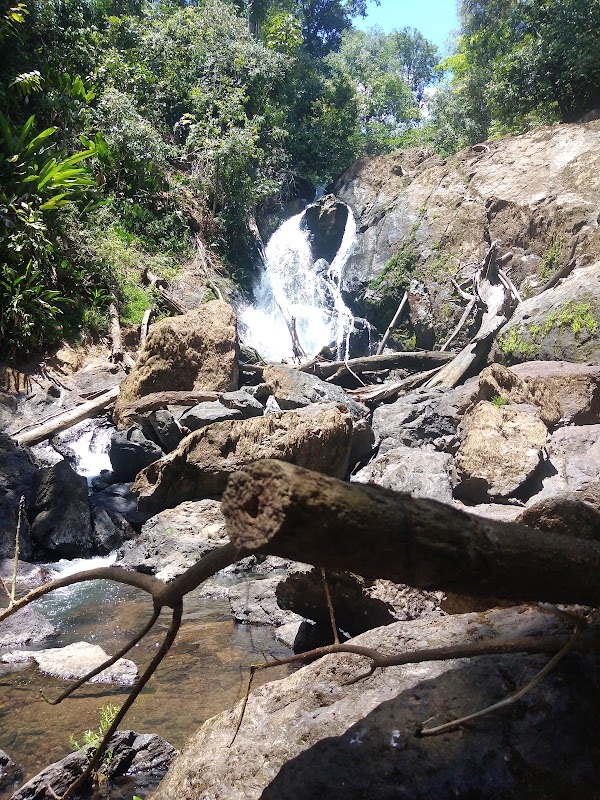Top Coastal Rainforest Hikes and Wildlife Experiences on Costa Rica’s Osa Peninsula: Exploring Beyond Corcovado
Explore the rich, often untamed coastal rainforests of Costa Rica’s Osa Peninsula beyond Corcovado. This guide reveals practical hiking routes and wildlife encounters that balance adventure with essential preparations for an immersive and safe experience.
Start Early to Avoid Heat and Rain
Early morning hikes provide cooler temperatures and heightened wildlife activity before afternoon storms sweep in.
Wear Sturdy Waterproof Boots
Terrain includes slippery rocks, mud, and river crossings; proper footwear ensures safety and grip.
Hydrate Frequently and Carry Water Purification
Expect high humidity and rigorous climbs; bring purification tablets or filters to refill safely from streams.
Hire a Local Guide for Wildlife Spotting and Safety
Local guides enhance your experience with expert knowledge on animal behavior and trail conditions.
Top Coastal Rainforest Hikes and Wildlife Experiences on Costa Rica’s Osa Peninsula: Exploring Beyond Corcovado
Costa Rica’s Osa Peninsula is a wild expanse where coastal rainforests press against the Pacific, challenging adventurers to meet nature on its own terms. While Corcovado National Park draws many, the region beyond offers rugged trails and wildlife encounters that require both respect and readiness. The landscape here refuses to soften; rivers dare you to cross, vines clutch at your path, and the air hums with the energy of unseen creatures.
Begin with the Sirena Trail extension, just beyond Corcovado limits, a 10-kilometer round trip with an elevation gain of 250 meters. The terrain is uneven—roots and rocks claim ownership of the path—and humidity clings like a second skin. Along the way, toucans chatter above, while the river murmurs persistence below. Be ready for slippery stretches and mid-day heat.
Another must-try is the Golfo Dulce Coastal Trail, a 7-kilometer path with gentle inclines that skirts mangroves and offers sweeping views of the gulf’s restless waters. The mangroves appear to lean in, their twisted limbs creating sheltered corridors alive with crabs and colorful birds. Keep an eye out for howler monkeys, whose distant calls ripple through the canopy.
For a deeper venture, the Piedras Blancas Trail challenges with 12 kilometers and 400 meters of climbing through dense rainforest and across cascading streams. Here, the jungle feels fiercely itself—the trees press tightly, and the air is thick with the scent of earth and rain. Wildlife is prominent: watch for tapirs by night or the shimmering wings of blue morpho butterflies by day.
Preparation is key. The region’s unpredictability means reliable hiking boots are essential. Hydrate frequently—water sources can be scarce, and tropical heat depletes quickly. Early morning departures beat the afternoon rains and maximize wildlife sightings, as animals are more active before the heat presses down.
Beyond the trail markers, local guides offer invaluable insight and often spot animals unnoticed by untrained eyes. Consider hiring one for safety and to enrich your understanding of this complex ecosystem. Trekking here isn’t about conquest; it’s about engagement with a land that remains fiercely independent and ever dynamic.
Each step places you in a dialogue with the forest—sometimes calm, sometimes challenging. Whether crossing a river that tests your balance or pausing to watch a spider monkey’s calculated swing through the branches, the experience stays immediate and real. This is jungle travel that respects both the traveler and the terrain, offering rewards for those willing to move carefully and listen closely.
Osa’s coastal rainforest paths invite hikers to journey beyond well-worn routes, meet wildlife in the wild, and encounter the raw force of nature. With clear preparation and an adventurous mindset, these trails offer memorable encounters and a profound connection to one of Costa Rica’s most untamed frontiers.
Nearby Trips
All Adventures
Boat Charters
Water Activities
Adventures near Puerto Jiménez
Discover the unique and memorable adventures that make Puerto Jiménez special.
Frequently Asked Questions
Are there safety concerns on these trails?
Yes. Slippery terrain, fast-changing weather, and river crossings demand caution. Use sturdy footwear, hike with a guide if possible, and avoid hiking during heavy rains.
What wildlife can I expect to see?
Expect howler monkeys, toucans, capuchin monkeys, tapirs after dark, blue morpho butterflies, and a variety of reptiles and amphibians unique to the coastal rainforests.
Is it possible to hike these trails without a guide?
While experienced hikers with good navigation skills may manage, local guides are highly recommended for safety and to improve wildlife spotting.
What are the best times of day for wildlife encounters?
Dawn and early morning are peak times when many animals are active before the heat pushes them into shelter.
Are the trails well marked?
Some are marked, but signage can be minimal. Trails may branch unexpectedly, so carrying a map or GPS device is advised.
Is overnight camping allowed on these hikes?
Most trails do not support camping unless part of an organized tour. The region's ecosystem is sensitive, so adhere to Leave No Trace principles if camping is permitted.
Recommended Gear
Waterproof hiking boots
Protect your feet from wet terrain, sharp rocks, and provide grip on slippery surfaces.
High-capacity water bottle or hydration system
Stay hydrated throughout long, humid hikes.
Lightweight rain jacket
Quick protection from frequent tropical showers.
Binoculars
Ideal for spotting distant wildlife in the dense canopy and along the shoreline.
Local Insights
Hidden Gems
- "Playa Pan Dulce viewpoint for panoramic Gulf of Dulce views"
- "Secret waterfalls tucked off the Piedras Blancas Trail"
- "Mangrove tunnels along the Golfo Dulce trail where crabs rule"
Wildlife
- "Endemic glass frogs often cling quietly on leaves at dusk"
- "Spectacled caimans lurk quietly in shaded river bends"
- "Rare jaguar traces have been reported deeper in the forest"
History
"The Osa Peninsula was historically home to indigenous Boruca communities. Early settlers’ interactions with the forest shaped access routes and influenced local conservation values."

